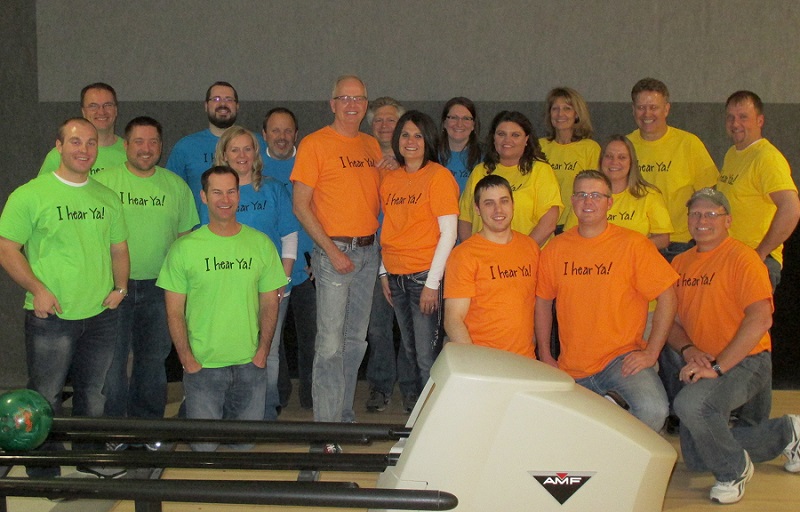Giving back to our communities has been part of Marco’s culture since our inception. Since 1981, Marco has been a Minnesota Keystone contributor committing at least 5 percent of our pretax profits to charitable causes each year. Making the commitment, setting the dollar figure and writing the checks are actually the easy parts. The hard part is figuring out how to effectively distribute those dollars, especially as we have expanded geographically.
 Our corporate giving started out fairly easy because our marketplace was a 60-mile radius of St. Cloud. Today we have 33 offices in five states. Marco is committed to all of the communities we serve, so we need to be intentional about how we consider and allocate donations.
Our corporate giving started out fairly easy because our marketplace was a 60-mile radius of St. Cloud. Today we have 33 offices in five states. Marco is committed to all of the communities we serve, so we need to be intentional about how we consider and allocate donations.
We may not make the largest single contribution to one cause, but instead our strategy is to support many charitable activities throughout a wider geographic region.
How we decide
Navigating the how and where requires companies to define a giving philosophy and develop an organized approach for distribution. Here’s what we do:
- Give priority to causes our employees care about. As a 100 percent employee owned company, we have a broad range of interests. So when we receive a request for a charitable donation through an employee, it usually gets priority and is often supported. However, we do try to stay away from controversial and political subjects.
- Support causes with a customer connection. We exist because of our customers, so it has been our practice to support causes that are important to them. It can be as simple as sponsoring a program ad for a high school football team that a customer supports to a more formalized gift to a client’s foundation.
Engaging employees
Giving is not only about Marco physically writing a check.It’s also about us giving of our time. As CEO, I highlight this during our new hire orientation process. We want to create an environment that promotes employee participation in local charitable causes that strengthen communities. So, we encourage employees to volunteer and support them with paid time off. You’ll find employees across our locations organizing local food drives, supporting youth athletics and teaching in classrooms.
Events
We like events. They make giving back fun and provide new opportunities to engage a broader range of people. So we compensate our employees to take the lead in planning activities to raise money or help kick-start others. This includes a combination of both internal and community events.
Our Annual United Way Campaign is a good example of this. Employees plan fun activities to engage their co-workers throughout our locations to help raise money for the United Way. Last year, our employees alone (not including Marco’s corporate donation) contributed over $120,000 to this worthwhile organization.
The recent Junior Achievement Big Bowl Fundraiser is another example. Marco’s four teams had fun building camaraderie while raising money for a great cause. I’m happy to say we exceeded our goal and together raised $9,920 for Junior Achievement.
Our philosophy of giving back is not only good for our communities, it’s also a great way to create a place where people want to work. And frankly, it’s good for business. Directing our contributions to support our employees, our customers and many organizations across a wide geography seems to fit well with our company culture.
